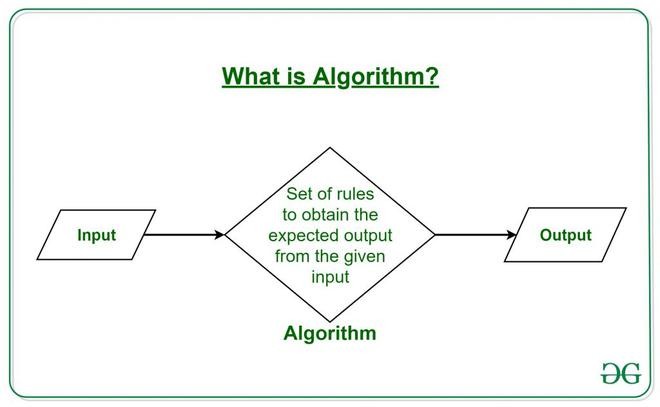Learning Data Structures and Algorithms (DSA) is crucial for any aspiring programmer seeking to improve their problem-solving skills and coding efficiency. But a common question arises: how long does it actually take to learn DSA? This guide provides a realistic timeframe and actionable steps to help you embark on your DSA learning journey.
Understanding Data Structures and Algorithms
Before diving into the timeframe, let’s clarify what DSA entails. DSA combines two interconnected concepts:
- Data Structures: Methods for organizing and storing data efficiently in a computer to facilitate access and modification. Examples include arrays, linked lists, trees, and graphs.
- Algorithms: Step-by-step procedures for solving specific problems or performing calculations on data. Searching, sorting, and graph traversal are common algorithmic tasks.
 What is an Algorithm
What is an Algorithm
Why Learn Data Structures and Algorithms?
DSA is fundamental to computer science and software development. Understanding these concepts allows you to:
- Write Efficient Code: Optimize code for performance by choosing appropriate data structures and algorithms.
- Solve Complex Problems: Develop logical thinking and problem-solving skills applicable to various programming challenges.
- Become a Better Programmer: Gain a deeper understanding of how software works and improve overall coding proficiency. DSA knowledge is frequently assessed during technical interviews.
How Long Does DSA Mastery Take?
While learning is an ongoing process, mastering the fundamentals of DSA typically takes 10-12 weeks with a dedicated effort of 3-4 hours per day. This estimate is based on the duration of structured learning programs offered by various educational platforms. However, individual learning pace varies depending on prior programming experience, learning style, and commitment.
5 Steps to Learn DSA Effectively
- Identify Key Topics: Familiarize yourself with core DSA concepts, including arrays, linked lists, stacks, queues, trees, graphs, sorting algorithms, searching algorithms, and dynamic programming.
- Choose Quality Resources: Utilize reputable learning resources such as textbooks (e.g., “Introduction to Algorithms” by Cormen et al.), online courses, and interactive platforms.
- Master Fundamentals: Focus on understanding the underlying principles of each data structure and algorithm. Practice implementing them in code to solidify your knowledge.
- Practice Consistently: Solve a variety of problems of increasing complexity. Participate in coding challenges and contests to test your skills.
- Spaced Repetition: Regularly revisit previously learned concepts to reinforce your understanding and prevent forgetting.
Key Strategies for DSA Success
- Focus on Understanding, Not Memorization: Strive to grasp the underlying logic and principles instead of rote memorization.
- Practice Regularly: Consistent practice is crucial for developing problem-solving skills and solidifying your understanding.
- Solve Diverse Problems: Tackle problems from various domains to broaden your knowledge and encounter different algorithmic techniques.
- Participate in Coding Challenges: Engage in coding competitions to assess your progress and gain experience in a competitive environment. Platforms like GeeksforGeeks offer a wealth of practice problems and contests.
Conclusion
Learning DSA is a challenging yet rewarding endeavor. While the estimated timeframe provides a general guideline, your individual progress depends on consistent effort and effective learning strategies. By following the outlined steps and remaining dedicated to your learning journey, you can master DSA and significantly enhance your programming abilities. Remember, consistency is key to success in DSA.

